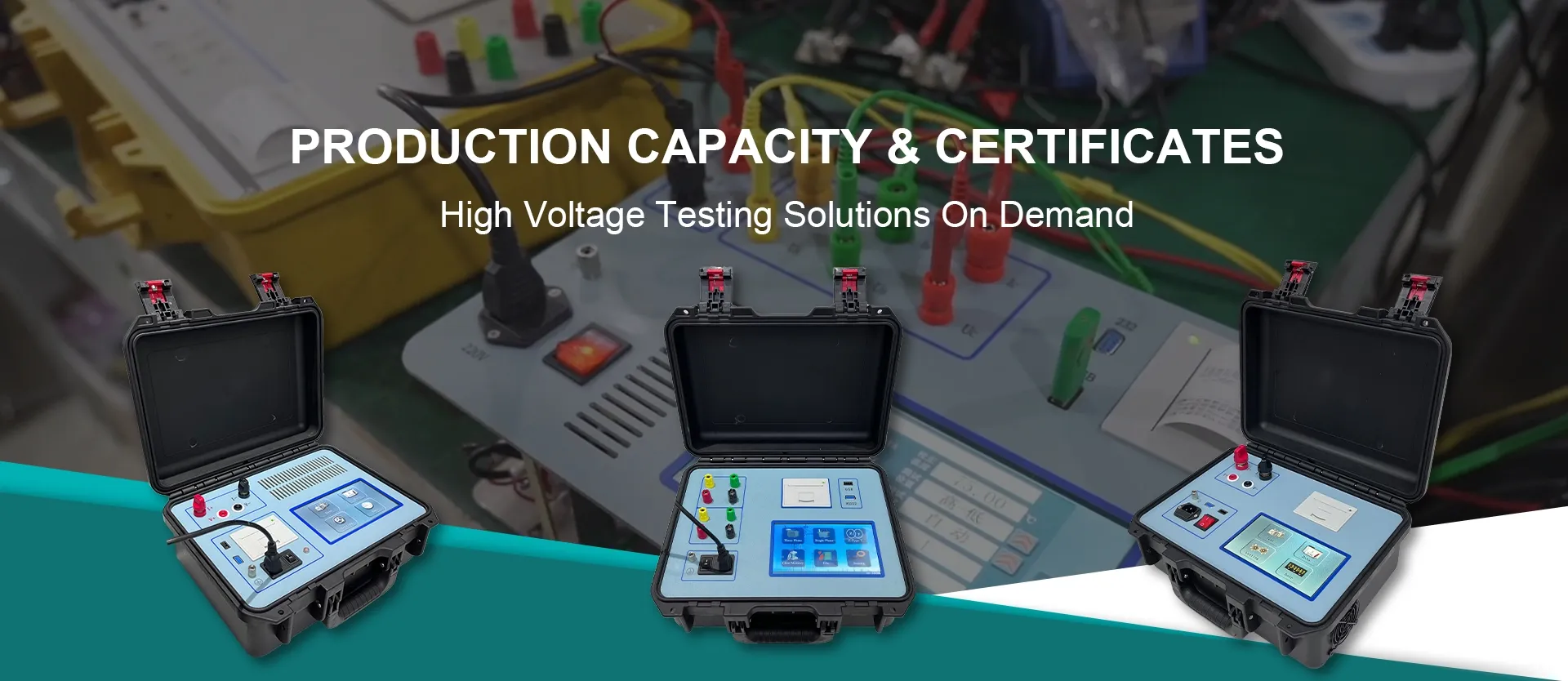 English
English


Advancements in Gas Chromatography Instruments for Enhanced Analytical Performance and Efficiency
The Importance and Functionality of Gas Chromatography Machines in Modern Analytical Chemistry
Gas chromatography (GC) is a critical analytical technique widely used in laboratories around the world for the separation and analysis of volatile compounds. The core equipment responsible for this process is the gas chromatography machine, an intricate instrument that allows scientists to separate, identify, and quantify chemical substances in diverse samples ranging from environmental to clinical, food safety, and forensic applications.
At its core, the gas chromatography machine consists of several key components the injector, the column, the oven, the detector, and the data analysis system. Each component plays a vital role in ensuring the effective operation of the GC process.
Injection of Samples
The journey of a sample through a gas chromatography machine begins at the injector. The injector is responsible for introducing the sample into the system. Depending on the nature of the sample, it can be in liquid or gas form. The injector vaporizes liquid samples and creates a continuous flow of gas that carries the sample through the system. Proper injection techniques are crucial since they determine the reproducibility and reliability of the analysis.
Separation of Components
Once injected, the sample enters the column, a tube coated with a stationary phase that interacts with the compounds in the sample. The column is usually enclosed in a temperature-controlled oven that allows precise regulation of the temperature during the separation process. As the sample travels through the column, different compounds interact with the stationary phase to varying degrees, resulting in their separation based on their boiling points and affinities for the column. This separation is a critical aspect of gas chromatography, as it determines the clarity and accuracy of the subsequent analysis.
Detection and Analysis
gas chromatography machine

After the separation process, the individual components exit the column and enter the detector. There are various types of detectors, including Flame Ionization Detectors (FID), Thermal Conductivity Detectors (TCD), and Mass Spectrometric Detectors (MSD), all of which have unique advantages depending on the application. The detector measures the amount of each component as it elutes from the column, producing a signal that is converted into a measurable output, typically a chromatogram.
A chromatogram is a graphical representation of the detector response over time and serves as the primary output of gas chromatography analysis. Each peak on the chromatogram corresponds to a specific compound with its area proportional to the quantity of the compound in the sample. Scientists then analyze this data to identify and quantify the components present in the mixture.
Applications Across Industries
The versatility of gas chromatography machines enables their utilization across various fields. In environmental analysis, they are employed to detect pollutants and analyze water, soil, and air samples. In the food industry, they help ensure safety and quality by detecting flavor compounds, preservatives, and contaminants. Furthermore, in pharmaceuticals, GC plays a crucial role in drug analysis and compliance with safety regulations. Additionally, forensic scientists utilize gas chromatography to analyze minute residues, aiding in criminal investigations.
Conclusion
The gas chromatography machine represents a significant advancement in analytical chemistry, providing a reliable, efficient, and precise means of analyzing complex mixtures. As technology continues to evolve, so too do the capabilities of gas chromatography machines, incorporating features such as automated sample handling, improved sensitivity, and enhanced data processing capabilities. Such advancements not only streamline laboratory processes but also expand the potential applications of gas chromatography.
Overall, gas chromatography machines are indispensable tools that contribute significantly to scientific understanding and public safety across a multitude of sectors. By enabling researchers to unveil the intricate details of chemical compositions, gas chromatography aids in protecting our environment, enhancing food safety, and advancing medical research, demonstrating its profound impact on society.
-
Differences between open cup flash point tester and closed cup flash point testerNewsOct.31,2024
-
The Reliable Load Tap ChangerNewsOct.23,2024
-
The Essential Guide to Hipot TestersNewsOct.23,2024
-
The Digital Insulation TesterNewsOct.23,2024
-
The Best Earth Loop Impedance Tester for SaleNewsOct.23,2024
-
Tan Delta Tester--The Essential Tool for Electrical Insulation TestingNewsOct.23,2024





